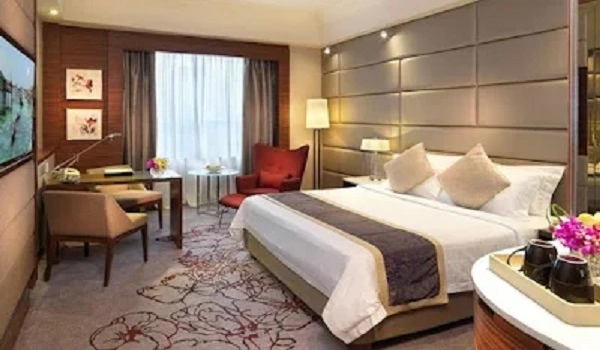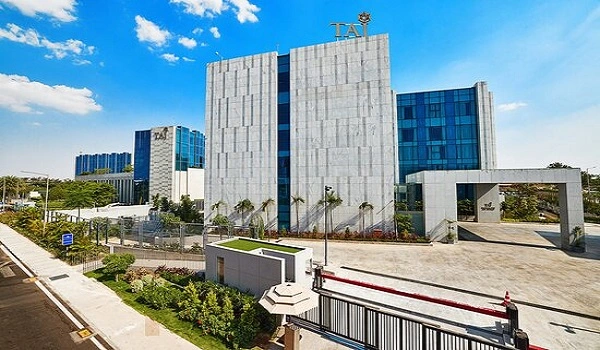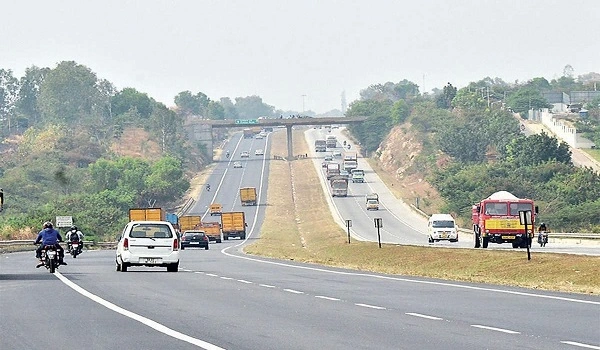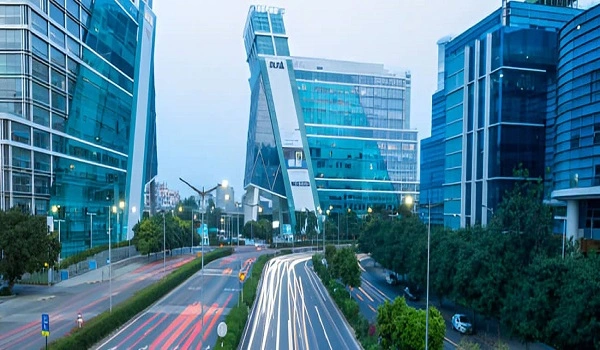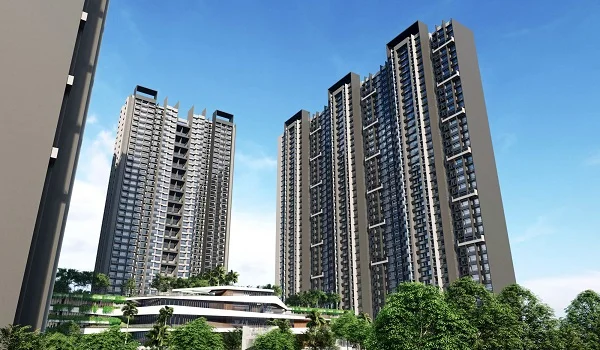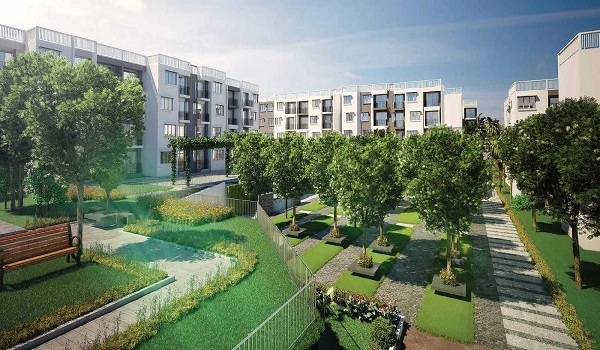Outer Ring Road Expansion: How North Bangalore and Shettigere Homes Stand to Benefit
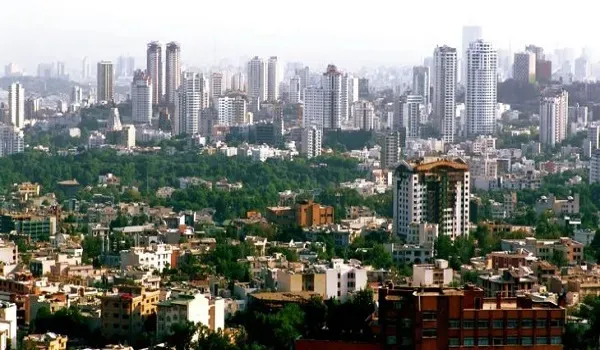
The Outer Ring Road expansion in North Bangalore and its effects on connectivity, traffic, real estate, and everyday life is the focus of this guide. If you live, work, or plan to buy a home in the northern corridors, here is what the project could change and how to prepare for it.
Bengaluru's Outer Ring Road ties together key parts of the city. The current push is to widen busy stretches and upgrade junctions so traffic can move with fewer stops. Agencies are adding flyovers, underpasses, service lanes, and signal free links at pressure points. In the north, this matters most where ORR meets the highways toward Hebbal, Yelahanka, and Devanahalli, and the arterial roads that feed Shettigere and the airport corridor.
Shorter trips are the first gain. Better junction design and extra capacity usually cut travel time, which saves fuel and reduces stress. Commutes from residential pockets to job hubs in Hebbal, Manyata Tech Park, Yelahanka, and the aerospace and logistics zones around Devanahalli become more predictable. Even if traffic volumes rise, smoother flow often offsets it.
There is a citywide benefit too. When cross town freight and airport bound traffic have clearer paths, smaller roads inside neighborhoods carry fewer heavy vehicles. That improves safety for walkers and cyclists and makes local shopping streets easier to use.
North Bangalore already sits closer to Kempegowda International Airport than most of the city. With improved links between ORR, the airport trumpet road, and state highways like SH 104, the last leg gets simpler. You are less likely to plan for a big buffer before flights. For businesses that depend on quick deliveries, that reliability can be a real edge.
Infrastructure and real estate move together. When access improves, demand tends to rise for homes that offer a quick ride to offices and the airport, plus basic conveniences. That can lift both new sales and resale values over time, especially in micro markets that were earlier seen as "a bit far". Investors often come in sooner in such cycles, then end users follow as services fill in.
Shettigere is a good example. It sits near the airport trumpet road and connects cleanly to the upgraded corridors. Buyers who want a quieter residential pocket with city access have started to look here. Over the next few years, steady demand and better roads can support more schools, clinics, and neighborhood retail, which in turn supports values.
Large, planned townships tend to benefit the most from reliable access. Godrej MSR City is one of the new anchors in Shettigere. It spans about 62 acres with roughly 20 acres of green areas and offers around 4,000 apartments in 2 and 3 BHK formats. Phase 1 covers about 19 acres with Vaastu friendly options, and the site sits close to the airport trumpet road with easy reach to SH 104 and NH 7. The nearest metro nodes are Doddajala and Chikkajala on the Blue Line's north–south corridor, which improves multi modal travel once operational. Starting prices for early releases were shared at about ₹1.18 crore for select 2 BHK homes, with 3 BHK tiers above that. For buyers who want scale, planned amenities, and strong brand upkeep, this kind of development aligns well with an upgraded road grid.
Road work usually brings upgrades in lighting, drains, and pedestrian paths. Safer crossings at big junctions help school routes and daily errands. Service lanes take turning traffic off the main carriageway, which lowers accident risk. When buses and future metro feeders get priority lanes or better stop design, public transport becomes a practical choice for more residents.
Parks and green buffers often come bundled with major road redesigns. Well placed tree lines reduce heat and dust, which matters in fast growing edges of the city. Over time, these small quality of life changes add up.
No upgrade is painless. Construction can slow certain stretches for many months. Plan alternate routes and adjust office timings when big junctions are being rebuilt. New capacity can also draw more vehicles unless enforcement and public transport keep pace. Support projects that add bus bays, footpaths, and last mile links, since those balance out car traffic.
For homebuyers, the key risk is assuming every plan on paper will deliver on time. Look at what is tendered and under construction, not only what was announced. If a project's value depends on a specific flyover or metro stop, ask for realistic timelines and be conservative in your assumptions.
- Map your daily routes to work, school, and the airport, then test the drive at peak hours.
- Look for projects with more than one access road so you have options during construction.
- Check water, power, and sewage plans, since core services matter as much as road access.
- For large townships like Godrej MSR City, review RERA details, phasewise delivery schedules, and amenity handover commitments.
- If you plan to rent out, study demand from nearby office clusters and expected rent yields.
Keep an eye on milestone openings: new underpasses, flyovers at key junctions, and signal free stretches near Hebbal and the airport link. Follow metro progress toward Doddajala and Chikkajala, since rail and road together change commute math. Track school and healthcare openings in Shettigere and adjoining pockets, as these are early signs of a stable residential ecosystem.
The Outer Ring Road expansion is set to reshape how North Bangalore moves and lives. Shorter travel times, clearer links to job hubs, and better last mile design make northern neighborhoods more practical for families and frequent flyers. That shift supports real estate demand in well placed micro markets like Shettigere. For buyers who prefer planned communities with good access, projects such as Godrej MSR City stand to benefit from the new road grid while offering the scale and amenities that keep daily life simple.
